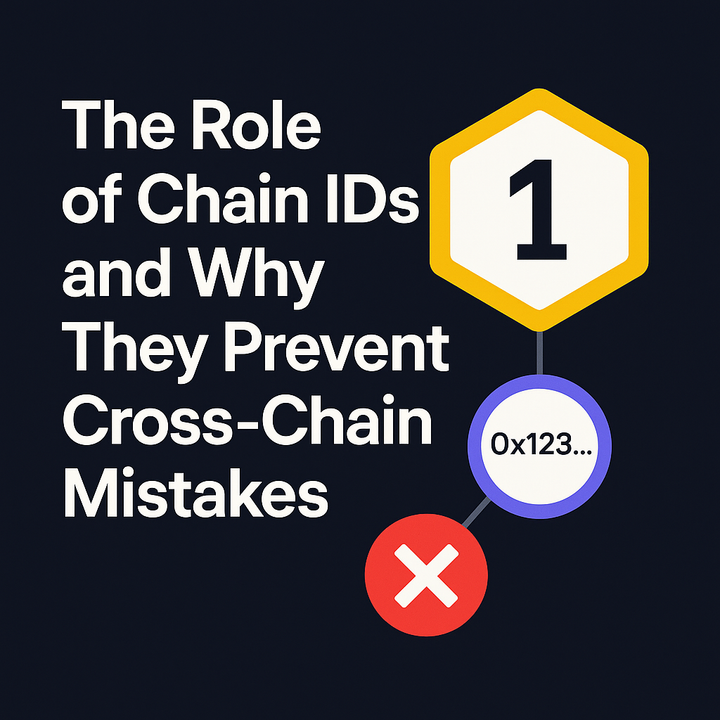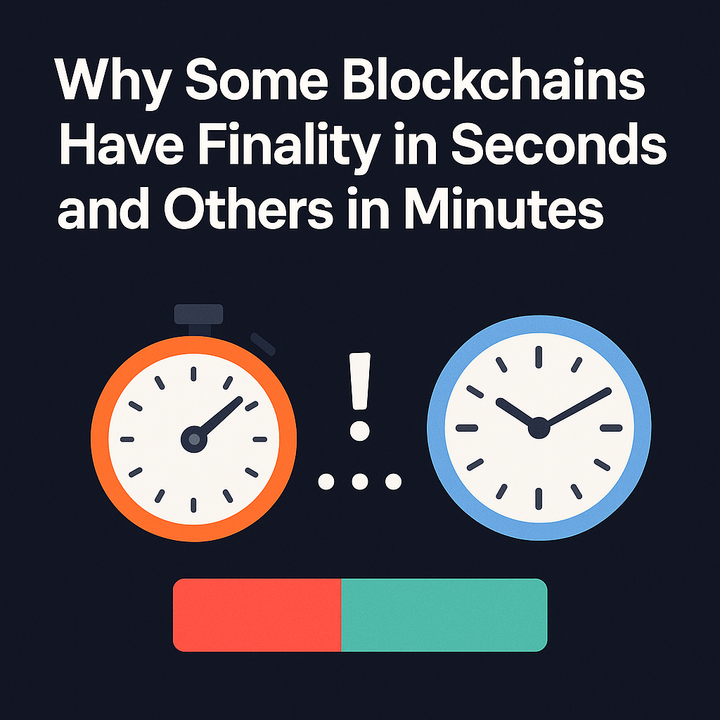5 Reasons Mitosis Is a Game-Changer for DeFi Builders

In the ever-growing world of decentralized finance (DeFi), developers are the builders of the future. But building anything meaningful in DeFi is no walk in the park. Between complex infrastructure, siloed blockchains, unpredictable fees, and scattered liquidity, it’s easy for builders to get stuck before they even launch.
That’s where Mitosis comes in. If you’ve never heard of it or are just starting to explore it, think of Mitosis as the cross-chain operating system for DeFi, a system that allows builders to plug into a powerful, programmable, and composable liquidity layer that works across multiple blockchains, not just one.
This article will walk you through five powerful reasons why Mitosis is becoming a go-to choice for DeFi builders whether you’re launching a new protocol, building a dApp, or creating cross-chain tooling.
1. Liquidity That Travels Across Chains
The Problem:
Most DeFi builders are limited to the blockchain they choose. If you launch on Ethereum, you’re stuck with Ethereum’s liquidity. If you pick Arbitrum or Polygon, the same applies. Moving liquidity between chains often requires third-party bridges, which are slow, costly, and sometimes insecure.
The Mitosis Advantage:
Mitosis was designed with cross-chain liquidity as a core feature, not an afterthought. Using its Matrix Vaults, builders can access and manage liquidity that flows seamlessly across multiple blockchains. This includes major chains like Ethereum, Arbitrum, Optimism, Base, and more.
Example:
Imagine you're building a lending protocol. Instead of deploying separate smart contracts on five different chains and praying users bridge assets manually, Mitosis lets you tap into shared liquidity pools. That means a user on Optimism can borrow from a vault funded by users on Base or Ethereum without leaving their chain.
Why It Matters:
This unlocks network effects for your protocol. More users, more capital, and more flexibility, all from one codebase.
2. Programmable Yield You Can Build On
The Problem:
Today’s yield strategies are often static or opaque. Builders have limited ways to customize how capital behaves, especially across chains. Most DeFi apps rely on third-party yield protocols they can’t fully control.
The Mitosis Advantage:
Mitosis offers programmable yield primitives. These allow builders to create their own custom yield logic on top of Mitosis Matrix Vaults. Think of it like “DeFi Legos” only these ones let you decide how yield is generated, distributed, and optimized.
Example:
You’re building a DeFi game where users stake tokens to earn in-game rewards. With Mitosis, you can program those staked assets to earn yield in the background, route a portion to a treasury, and send rewards to players, all with cross-chain compatibility.
Why It Matters:
You gain full control of your financial layer. Instead of reinventing yield strategies from scratch or plugging into rigid protocols, you build your own logic. That’s real power for DeFi developers.
3. A Composable Stack for Modular Builders
The Problem:
Building in DeFi often feels like assembling furniture with parts that don’t fit together. Many protocols are isolated, and when they do connect, it takes custom wrappers, hacks, or governance permissions to make them talk to each other.
The Mitosis Advantage:
Mitosis is built on a modular, composable architecture. It’s designed for builders who want to connect different financial components like blocks lending, swaps, staking, derivatives, insurance all under a shared cross-chain liquidity layer.
The ecosystem encourages open standards, meaning anyone can plug into or build on top of existing Matrix Vaults, EOLs (Epoch-Oriented Liquidity), and yield recipes.
Example:
Let’s say you’re launching a new stablecoin protocol. You want to back your stablecoin with real yield strategies and offer users cross-chain minting. Instead of starting from zero, you plug into Mitosis’s Matrix Vaults, write a custom programmable vault recipe, and let users mint from any chain using yield-backed collateral.
Why It Matters:
Modular design means faster time to market, fewer bugs, and easier upgrades. Builders don’t need to write everything from scratch. They compose, customize, and launch.
4. Builder-Friendly Infrastructure with Minimal Headaches
The Problem:
Every builder wants to focus on building. But too often, they get bogged down by infrastructure RPCs, bridges, relayers, gas abstraction, liquidity provisioning, and on-chain/off-chain data management.
The Mitosis Advantage:
Mitosis takes care of the hard stuff. From cross-chain messaging to gasless interactions and yield rebalancing, Mitosis abstracts complexity so you can ship faster.
The infrastructure is builder-first, with powerful SDKs, APIs, and pre-audited contracts that are open-source and developer-friendly.
Example:
You’re building a DEX aggregator that operates across four chains. Mitosis handles the cross-chain routing and liquidity sync behind the scenes. You focus on UI/UX and pricing logic, not building bridges or securing oracles.
Why It Matters:
You save weeks, even months of development time. Your project is safer, leaner, and easier to maintain.
5. Built-in Distribution and Network Effects
The Problem:
Even the best DeFi apps struggle with adoption. Getting users, attracting capital, and bootstrapping trust is hard. Builders often spend more time marketing than coding.
The Mitosis Advantage:
Mitosis is not just a platform, it’s a network of builders and users who are already plugged into its liquidity layer. When you launch with Mitosis, you’re tapping into a shared ecosystem where capital, users, and yield are already in motion.
Matrix Vaults and EOLs act like shared highways for liquidity. When you deploy on Mitosis, you benefit from the existing TVL, user base, and active strategies already running through the system.
Example:
You launch a new cross-chain prediction market. Because you’re building on Mitosis, your vaults show up in the Mitosis dashboard. Users can allocate idle capital to your app with a few clicks, and liquidity flows in from multiple chains without expensive incentives or token farming.
Why It Matters:
You don’t have to start from zero. You’re building in a living ecosystem, not an isolated island.
Bonus: Future-Proof by Design
Mitosis isn’t just solving today’s problems, it’s designed for the next decade of DeFi. With growing support for new blockchains, L2s, and even non-EVM chains in the roadmap, Mitosis offers a foundation that evolves with the space.
Builders who use Mitosis today are positioning themselves for whatever comes next whether that’s zero-knowledge rollups, app-chains, real-world asset integrations, or fully autonomous DeFi protocols.
Conclusion: Build Smarter, Not Harder
Mitosis is changing the way DeFi is built by turning liquidity, yield, and composability into building blocks that work across chains, respond to your logic, and move faster than ever before.
Whether you're a solo dev or a full-stack protocol team, Mitosis helps you skip the infrastructure grind and focus on what matters: shipping great products.
Quick Recap of the 5 Game-Changing Reasons:
- Liquidity that moves across chains, not stuck on one.
- Programmable yield you can customize and build on.
- Composable, modular infrastructure for faster builds.
- Builder-friendly tools with complexity abstracted away.
- Built-in user base and liquidity, so you don’t launch alone.
Mitosis isn’t just another DeFi tool. it’s a foundation for the next generation of DeFi builders. If you're serious about building in this space, it's time to plug in.
Want to learn more or start building? Visit mitosis.org or join the builder community on Discord.
Your next DeFi project doesn’t have to fight for liquidity, struggle across chains, or start from scratch.
With Mitosis, you build once and build everywhere.



Comments ()